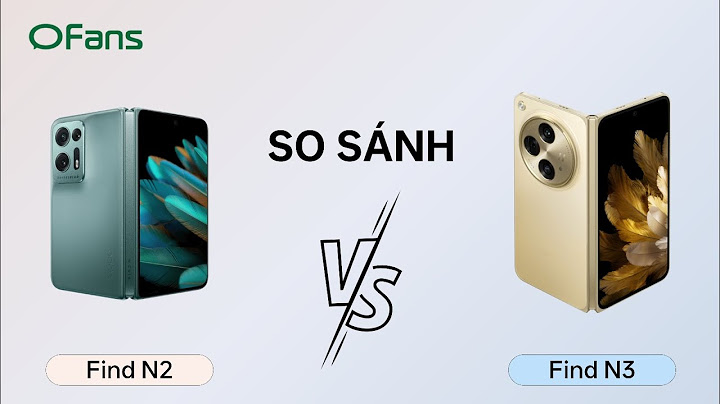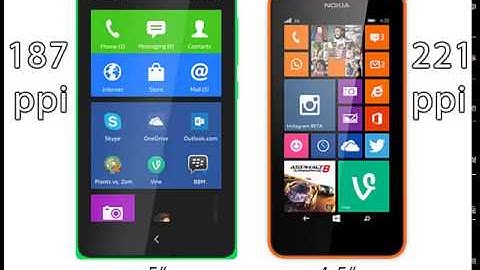When the Fujifilm X-E3 was announced, I was both hopeful and optimistic. You see, I wasn’t a big fan of the previous iteration: the Fujifilm X-E2s. It was more or less just a Fujifilm X Pro 1 without the OVF option. But with the Fujifilm X-E3 you get a lot of what the Fujifilm X Pro 2 offers without the weather sealing and the OVF. The cameras share the same 24MP APS-C X Trans sensor, autofocus system (for the most part), 4K video (with firmware updates), and functionality. The biggest differences though come with the ergonomics and how those translate into ease of use. The Fujifilm X-E3 is the first ILC camera in Fujifilm’s lineup to really use the touchscreen. I did a video about this feature a while back and even now I find it fairly difficult to use. It isn’t the most responsive and it’s the absolute best and fastest way to access some settings quickly. For example, the Fujifilm X-E3 doesn’t have the X Pro 2’s dual ISO and shutter speed dial, and instead you need to assign it to a function button or use the screen. Show While the Fujifilm X-E3 is a solid performer all around though, photographers who prefer the feel and operation of the Fujifilm X Pro 2 will probably not be happy here. Pros and ConsPros
Cons
Gear UsedWe tested the Fujifilm X-E3 with the Fujifilm 23mm f1.4 X lens. Specs taken from our press release coverage
ErgonomicsTaken from our first impressions blog post  If you’re using the Fujifilm X-E3 then one of the first things you’ll notice is its ode to classic rangefinders in regards to the design. It’s very simple on the front, with the camera incorporating a setting dial and a focus selection switch. Otherwise, it’s pretty minimal. The Fujifilm X-E3 uses an APS-C sensor.  Turn to the top of the Fujifilm X-E3 and you’ll spot more dials. There is an exposure compensation dial, a function button which you may assign to ISO control, a shutter speed dial, on/off switch, shutter release, auto or not switch, and the hot shoe. One of the things I really need to get used to is the auto or not switch. I understand why Fujifilm would want it there, but I personally scoff at it.  On the back of the Fujifilm X-E3 you’ll spot an extreme lack of buttons. There are indeed some controls and buttons, but most of the back of the Fujifilm X-E3 is dominated by the touchscreen LCD. Then there’s the viewfinder for the camera. Build Quality When you hold the Fujifilm X-E3 you hold a camera that doesn’t feel as retro as many of Fujifilm’s other cameras. Instead, it feels a whole lot more modern. This is due to the way that the touchscreen is designed and how the overall camera feels in the hand. Of course, the dials are still there, but the overall ergonomics aren’t. For example, there isn’t really a nice place to put your thumb unlike the other cameras. While there is a bit of a grip for your thumb, it isn’t as pronounced as the other cameras. It also isn’t weather sealed. If you don’t care about those things, then the Fujifilm X-E3 will be just fine for you. It’s lightweight, but doesn’t feel cheaply built. Instead, it feels like a nice, non professional camera. Ease of UseI’m purposely sharing this video because I still feel strongly about the issue of the touchscreen. Even after I learned that you need to quickly swipe your finger across the screen to get to specific settings, I still found it faulty. For example, if the camera is being held by both hands, it’s difficult to swipe your thumb across and still maintain a good hold on the camera. Of course, you can always just hold it and swipe. But if your eye is to the viewfinder and you try to swipe the screen, you won’t get a great experience and more often than not you probably won’t be able to do it quickly and ergonomically enough with your thumb. While I completely praise Fujifilm for implementing this really fantastic feature, it needs work. Hopefully Fujifilm will fix this with firmware updates. For example, it would be very nice to contain the swiping to only a part of the screen. Then again, I also just really miss the tactile controls instead. MeteringThe Fujifilm X-E3 more or less follows the laws of Sunny 16. In my tests though, I found that the Fujifilm X-E3 wants you to underexpose your images by just a bit. This is standard for most digital cameras. Autofocus Now here is perhaps the Fujifilm X-E3’s best feature: its autofocus. This is, by a hair, some of the fastest and best autofocus that I’ve seen from Fujifilm’s cameras. It’s accurate most of the time as long as your subject isn’t moving. If your subject moves, then you’re pretty out of luck when it comes to tracking. Fujifilm’s XT2 and X Pro 2 are a bit better at this though. With that said, I’d probably use the autofocus for street photography, but I’d be much better off using the lens with zone focusing. Where the Fujifilm X-E3 also suffers I feel is in low lighting. The camera has the ability to focus on both faces and get eye detection. But in every situation I shot in, the eye detection didn’t really work in low lighting. That’s unfortunate too. Image QualityBefore I go into the image quality, I want to share an unedited video sample from the Fujifilm X-E3. It can output really nice video, but there are issues with rolling shutter, onboard audio, ports, and for some odd reason Fujifilm hasn’t implemented an image stabilized sensor yet. You see, of any APS-C or Four Thirds camera out there, I genuinely feel like the video offered from the Fujifilm X-E3 is the most beautiful. In fact, I’d easily use it over any Sony full frame camera because it’s easier to get a subject in focus. Plus Fujifilm’s lenses are fantastic. But that look isn’t enough despite how gorgeous cinematic Astia and Acros are. In order for Fujifilm to create a true workhorse camera (and the X Pro 2 and XT2 come close) they’ll need to fix these issues. Again, lots of photographers may just buy this for the stills feature, but if you’re a working photographer then you obviously care at least a bit about video. As for the stills though, there’s really nothing to whine about with the Fujifilm X-E3. The versatility is fantastic, the colors are wonderful, and the high ISO output is also very good as long as you give the exposure a bit more light than you normally would. In this way, I really want to liken it to shooting film. JPEG Output I found the JPEG output of the Fujifilm X-E3 to be incredibly nice as always. Fujifilm has always had this nailed down. But personally for me, it comes down to the lenses. I feel like you’ll get the most film-like images using Fujifilm’s F1.4 lenses vs their F2, weather sealed primes. And as it is, this sensor still isn’t as film-like as the 16MP sensor was. If you’re shooting a photo and throwing it up on Instagram though, know that your JPEGs will be more than sufficient. RAW File Versatility Here’s an image shot at 3200K tungsten. Below is an image shot at 5600K daylight.  As you can see the sensor is highly capable of getting both good colors and in retaining a lot of details. Fujifilm’s X Trans sensors have always been better than Sony’s at that. High ISO Output The Fujifilm X-E3 has fantastic renderings at ISO 6400. But I’d probably only print the images at up to 1600 and not go any higher. Even then, I’d need to ensure that the camera is overexposed. If you’re a film shooter, then you should use the Fujifilm X-E3 at higher ISOs in the same way that you would shoot with negative film. For example, Fujifilm Superia 1600 should be really rated at ISO 800 and developed at 1600. It will give the sensor more light. With that said, the faster lenses are much better for use with the Fujifilm X-E3. Extra Image SamplesConclusionsLikes
Dislikes
As a stills camera, the Fujifilm X-E3 is really great. There’s absolutely nothing to complain about. But instead, the complaints are of some of the new features. There needs to be improvements with the touchscreen and there also needs to be improvements with the video features. Fujifilm’s autofocus is also really good in most lighting situations, but here it isn’t that easy. You can instead manually move the AF point, but in really candid and quick situations you’ll find that the focusing may slow you down instead when it comes to low lighting. In the majority of shooting situations though, the Fujifilm X-E3 will be a great camera. But I’m of the belief that you should really just go for the higher end models if you really want to take your photography seriously. If you’re just a pure hobbyist though, then the Fujifilm X-E3 will suit your needs just fine. Is Fujifilm xe3 worth it?It is the first X-E camera with a touch screen and boasts a simpler design but with more functionalities and added performance. Depending on the lens you use, it is also one of the smaller Fujifilm cameras out there considering the number of physical controls still made available for this camera. When did the Fuji XThe Fujifilm X-E3 is a digital rangefinder-style mirrorless camera announced by Fujifilm on September 7, 2017. How much is the Fuji XThe Fuji X-E3 has been available since September 2017 and currently sells for about US$900 for body-only. The X-E3 is available in black-only or two-tone black-and-silver variants, and is also sold as a kit with an 18-55mm lens ($1,300) or with a 23mm lens ($1,150). Is the FUJIFILM XIt's a really nice, sharp EVF. The durability also received some improvements; it's still weather-sealed as before, but Fuji also strengthened the lens mount and the base of the camera. All in all, the X-T3 looks good, feels better and can withstand more. |





















